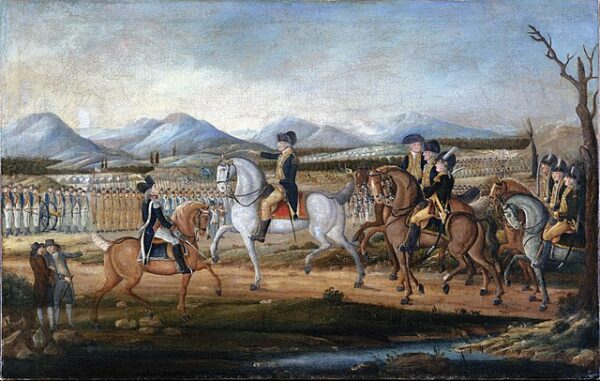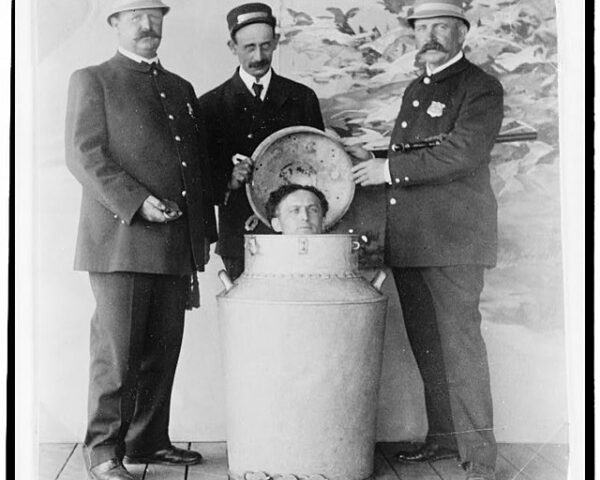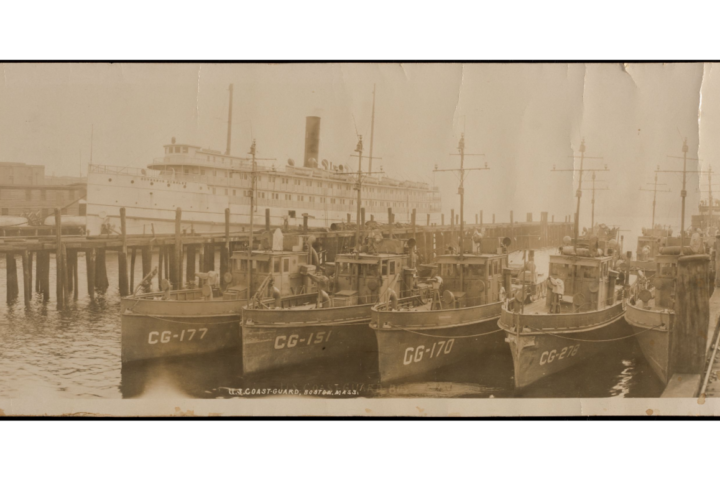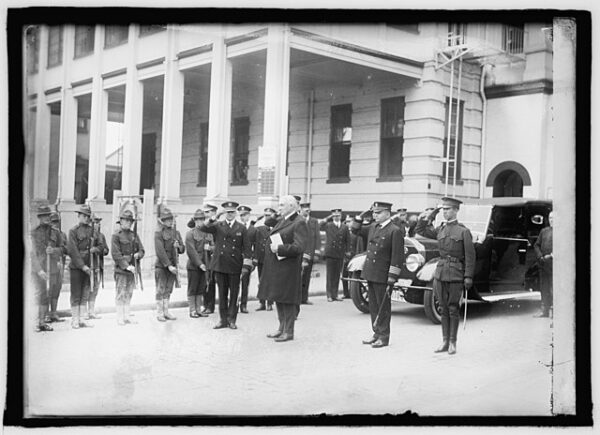George Washington’s presidency is often celebrated for its establishment of foundational policies and precedents in the fledgling United States. One significant and often discussed event during his administration was the suppression of the Whiskey Rebellion in 1794, which marked the first major test of…
Read MoreOn August 6, 1926, Gertrude Ederle made history by becoming the first woman to swim across the English Channel. This remarkable achievement not only shattered records but also broke gender barriers in the world of sports, proving that determination and perseverance know no bounds.…
Read MoreAmerican Bandstand, a television program that had a profound impact on American culture and the music industry, made its national debut on August 5, 1957. Originally a local show called “Bandstand,” it began airing in 1952 in Philadelphia on WFIL-TV. The show was hosted…
Read MoreOn August 5, 1926, the greatest magician and escape artist of all time conducted his most incredible performance. Renowned for his incredible feats and death-defying stunts, Houdini secured his legendary status at the Sheraton Hotel pool in New York City by performing his Water…
Read MoreJesse Owens’ performance at the 1936 Berlin Olympics stands as one of the most compelling chapters in sports history. In the midst of a politically charged atmosphere, with the world watching, Owens delivered a series of performances that shattered not only records but also…
Read MoreOn a nice summer day on August 3, 1852, Harvard University and Yale University upped the ante in rivalry by introducing a fun little sporting competition between the two schools. The first college sporting event in American history was born. No, it wasn’t football…
Read MoreOn August 4, 1790, under the leadership of Secretary of the Treasury Alexander Hamilton, Congress authorized the construction of ten cutters to enforce federal tariff and trade laws and to prevent smuggling. Initially called the Revenue Marine, today we better know it as the…
Read MoreOn August 2, 1923, the United States suddenly had a new president. The 29th President of the United States, Warren G. Harding’s unexpected death brought an abrupt end to his term in office and left a profound impact on the nation. Harding’s tenure as…
Read MoreOn August 2, 1790, the United States of America took its first count of the population. The U.S. Constitution ratified in 1789, mandated that a census be conducted to enumerate the people to apportion seats in the House of Representatives and assess direct taxes…
Read MoreThe history of the lunar rover, an extraordinary feat of engineering, began with its debut on the moon on July 31, 1971, during the Apollo 15 mission. The Lunar Roving Vehicle (LRV), also known simply as the lunar rover, was a crucial development for…
Read More










